This diagnostic lollipop collects your saliva (11/07/2023)
When testing for infections such as strep throat, saliva sampling is often used as a less invasive alternative to taking throat swabs. Collecting that saliva could soon be easier than ever, by using a lollipop to do the job.
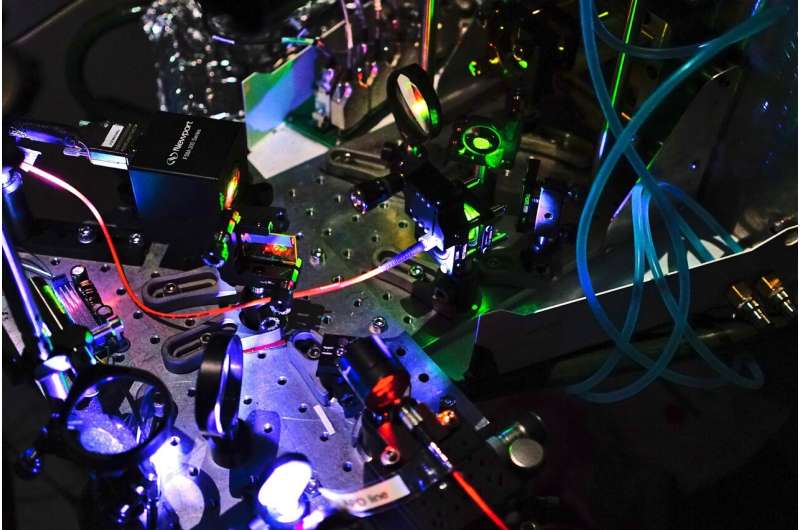
Study shows hexagonal boron nitride has potential to replace diamond as quantum sensing material (27/06/2023)
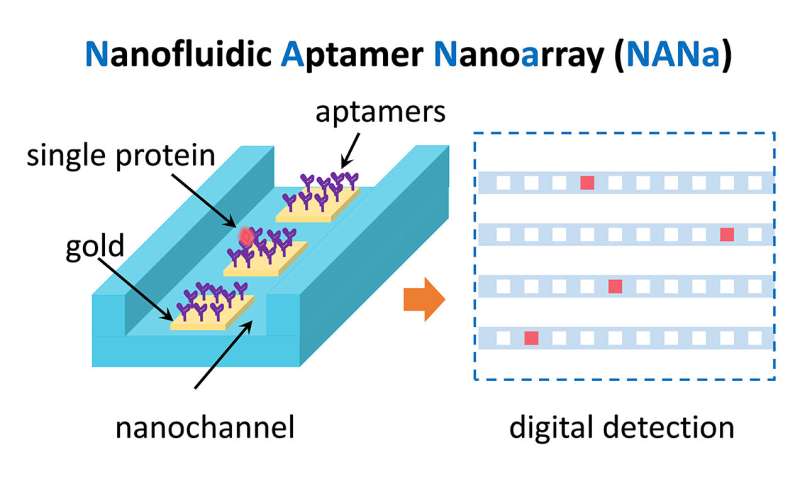
Bridging the gap for precision medicine: Nanofluidic aptamer nanoarray measures individual proteins (26/06/2023)
In the evolving world of precision medicine, the need for
methods that can measure biomolecules with supreme accuracy and specificity is
paramount. Recognizing this, Associate Professor Yan Xu of the Graduate School
of Engineering at Osaka Metropolitan University and his international research
team have made a great stride in this direction.
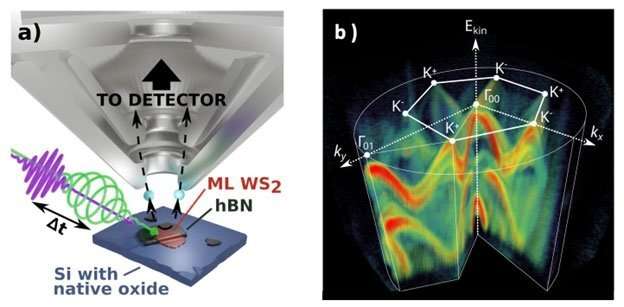
Directly imaging quantum states in two-dimensional materials (26/06/2023)
When some semiconductors absorb
light, excitons (or particle pairs made of an electron bound to an electron
hole) can form. Two-dimensional crystals of tungsten disulfide (WS2) have unique
exciton states that are not found in other materials. However, these states are
short lived and can change from one to another very quickly.
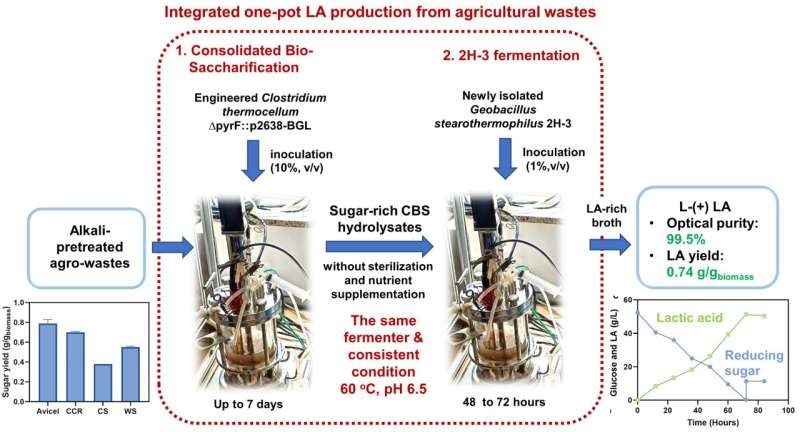
Using agricultural waste materials to produce lactic acid (26/06/2023)
Lactic acid (LA) is an important chemical intermediate for a
plethora of products, from medicine to cosmetics to degradable materials, and
is the building block for biodegradable polylactic acid (PLA), a main component
in compostable, recycled plastics.
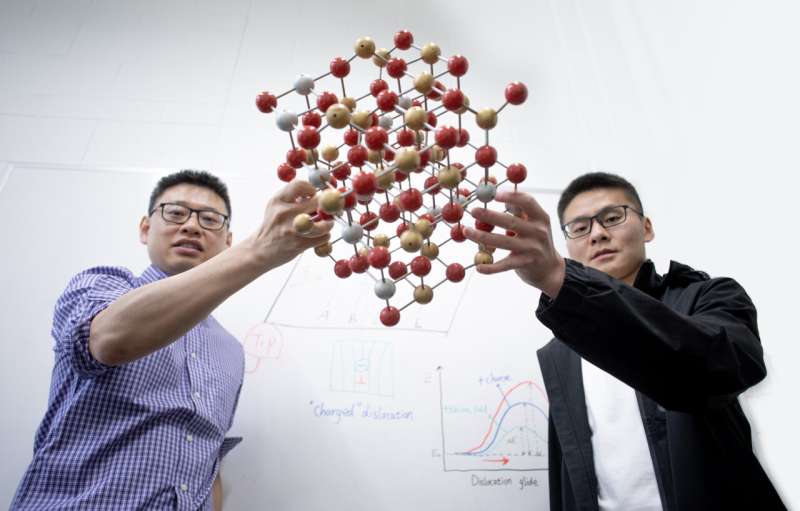
Using electric fields to control the movement of defects in crystals (26/06/2023)
An international team of
researchers, led by University of Toronto Engineering Professor Yu Zou, is
using electric fields to control the motion of material defects. This work has
important implications for improving the properties and manufacturing processes
of typically brittle ionic and covalent crystals, including semiconductors—a
crystalline material that is a central component of electronic chips used for
computers and other modern devices.

Breakthrough in stabilization of solid electrolyte paves way to all-solid-state batteries (26/06/2023)
Osaka Metropolitan University scientists have achieved an unprecedented stabilization of the high-temperature phase of Li3PS4—a critical material for all-solid-state batteries—thus attaining exceptional ionic conductivity even at room temperature. This breakthrough brings us one step closer to the realization of all-solid-state batteries and the adoption of this technology in a broad range of applications, including electric vehicles. The results were published in the Journal of the American Chemical Society.
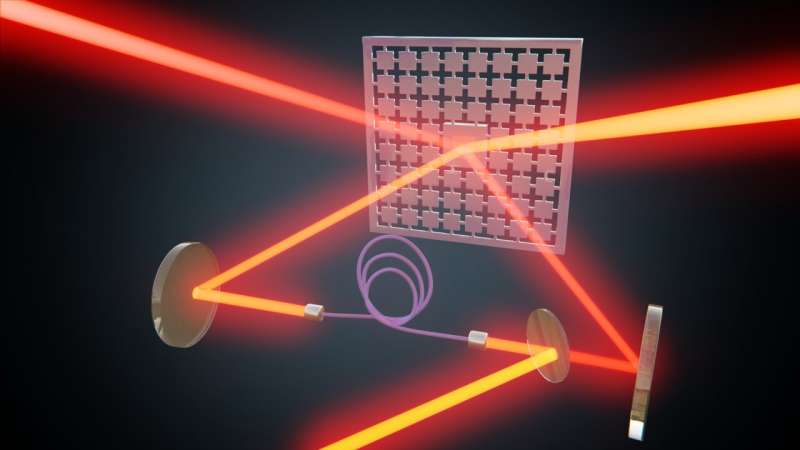
Researchers report on a new technique for cooling membranes with lasers (26/06/2023)
Using a new technique,
researchers at the University of Basel have succeeded in cooling a small
membrane down to temperatures close to absolute zero using only laser light.
Such extremely cooled membranes could, for instance, find applications in
highly sensitive sensors.
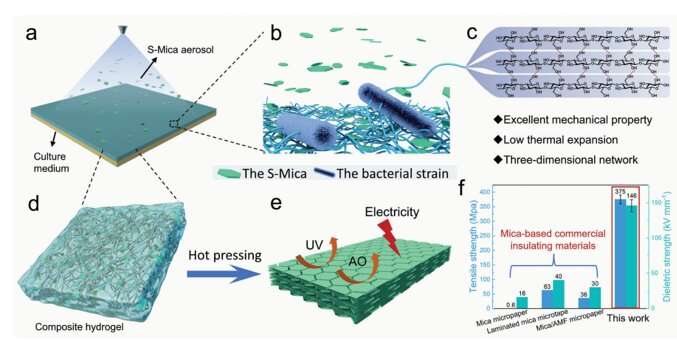
Researchers develop an extreme environment-resistant nanopaper (22/06/2023)
With the in-depth exploration of
extreme environments such as Antarctica, the moon, and Mars, frequent emerging
extreme conditions, including strong ultraviolet (UV), atomic oxygen (AO), and
high and low temperature alteration, have become major obstacles to further
exploration.
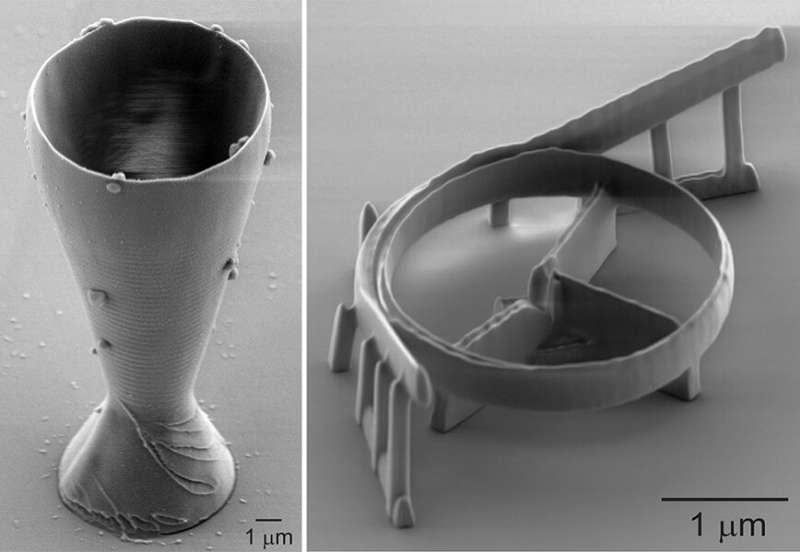
Researcher 3D prints world's smallest wineglass with new method (22/06/2023)
Researchers have 3D-printed the
world's smallest wine glass with a rim smaller than the width of a human hair.
But the idea wasn't to cater to extremely light drinkers. Rather, the glass was
printed to demonstrate a new simplified technique for creating silica glass
structures for a range of applications from telecommunications to robotics.









